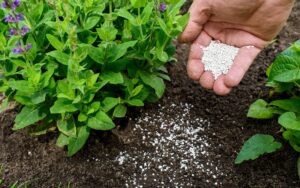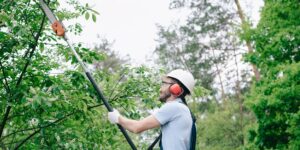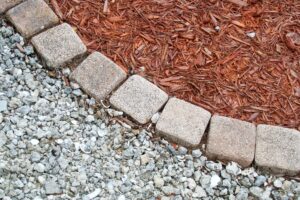How to Remove Bushes and Shrub Roots: A Complete Guide
When it comes to landscaping projects or garden makeovers, removing unwanted bushes and their stubborn root systems can be one of the most challenging tasks homeowners face. Whether you’re clearing space for new plantings, eliminating invasive species, or simply refreshing your landscape design, knowing the right techniques for bush and shrub removal can save you time, energy, and prevent future regrowth issues.
This comprehensive guide will walk you through everything you need to know about effectively removing bushes and their root systems, from planning and preparation to post-removal care of your landscape.
Understanding the Challenge of Bush and Root Removal
Before diving into removal techniques, it’s important to understand why removing bushes and their roots can be such a demanding task. Unlike smaller plants, established shrubs develop extensive root systems that anchor them firmly in the soil. These roots can extend outward from the base of the plant by several feet—sometimes even exceeding the above-ground spread of the bush itself.
Root systems serve multiple functions for plants:
- Anchoring the plant securely in the ground
- Absorbing water and nutrients from the soil
- Storing energy reserves that allow the plant to regenerate
- Spreading underground to establish new growth points
This last function is particularly important to understand when planning for removal. Many shrubs and bushes can regenerate from even small fragments of root left in the soil. This is especially true for invasive species, which have evolved particularly efficient regenerative capabilities.
Planning Your Bush Removal Project
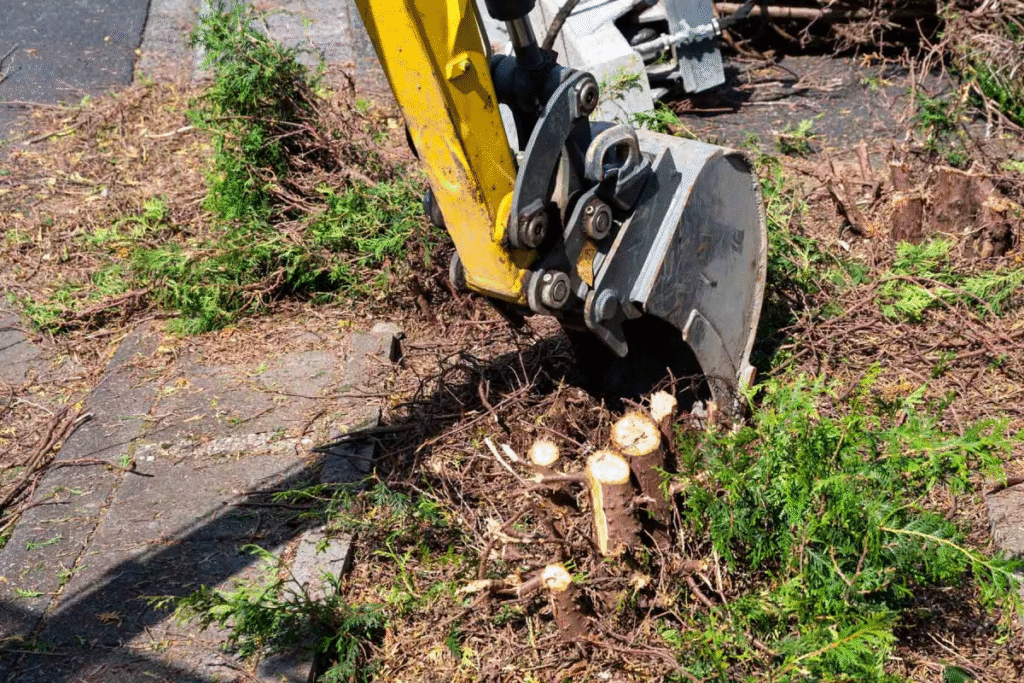
Assessing the Situation
Before grabbing your tools, take time to properly assess the bushes you plan to remove:
Size and Age: Larger, more established bushes will have more extensive root systems and require more effort to remove completely.
Species Identification: Knowing exactly what you’re dealing with can inform your approach. Some species, like certain privet varieties or bamboo, are notoriously difficult to eradicate because of their aggressive root systems.
Location Considerations: Bushes growing near foundations, utility lines, or other structures may require special care during removal to prevent damage.
Legal and Environmental Factors: Some communities have regulations regarding the removal of certain plants, particularly if they’re in environmentally sensitive areas or if the plants are protected species. The U.S. Fish and Wildlife Service provides resources on protected plant species that should not be removed without proper authorization.
Gathering the Right Tools and Equipment
The success of your bush removal project largely depends on having the right tools for the job. Depending on the size and type of the shrubs you’re removing, you might need:
For Cutting and Pruning:
- Bypass pruners for smaller branches
- Loppers for medium-sized branches (up to 2 inches in diameter)
- Pruning saw or chainsaw for larger trunks and branches
- Safety equipment including gloves, eye protection, and sturdy footwear
For Root Removal:
- Shovel (both pointed and flat-edged types)
- Garden fork
- Mattock or pick
- Root saw or pruning saw
- Pry bar or wrecking bar
- Axe (for larger roots)
For Machine-Assisted Removal:
- Stump grinder (can be rented)
- Mini-excavator (for very large bushes or multiple removals)
- Truck or vehicle with chains/straps for pulling
For Chemical Treatment (when appropriate):
- Brush killer herbicide
- Sprayer or paintbrush for application
- Protective equipment including chemical-resistant gloves and eye protection
Step-by-Step Bush and Root Removal Methods
Method 1: Manual Removal
Manual removal is the most thorough approach for completely eliminating bushes and their roots from your landscape. Though labor-intensive, it leaves your yard ready for immediate replanting.
Step 1: Prepare the Area
- Clear away any mulch or ground cover around the base of the bush
- Water the soil around the shrub a day before removal (unless you’re dealing with extremely clayey soil) to make digging easier
- Trim the bush down to about 12 inches above ground level, removing branches systematically to create a clear workspace
Step 2: Expose the Root Ball
- Dig a trench around the bush, starting about 12-18 inches from the main stem
- Work your way around the entire plant, digging down at least 12 inches
- Use your shovel to expose as much of the root ball as possible
- Cut through smaller roots with pruners as you encounter them
Step 3: Sever the Major Roots
- Once the root ball is exposed, identify larger roots extending outward
- Use loppers, a pruning saw, or an axe to cut through these roots
- Continue working around the bush until all major lateral roots are severed
Step 4: Extract the Root Ball
- Once the roots are cut, test whether the bush can be moved by gently rocking it
- For smaller bushes, you may now be able to lift or lever the root ball out
- For larger shrubs, you might need to continue digging deeper and cutting more roots
- Use a pry bar for leverage when extracting particularly stubborn root balls
Step 5: Remove Remaining Roots
- After removing the main root ball, inspect the area for any remaining roots
- Dig out any significant root pieces to prevent potential regrowth
- A garden fork can help you find and remove these remnants
Method 2: Grinding Out Stumps and Roots
If manual removal proves too difficult or you’re left with a stubborn stump after cutting down a large shrub, a stump grinder offers an effective solution.
Step 1: Prepare the Area
- Clear rocks, debris, and mulch from around the stump
- Trim the stump as close to ground level as possible using a chainsaw or pruning saw
- Ensure children, pets, and bystanders are at a safe distance
Step 2: Operate the Stump Grinder
- Position the grinder over the stump
- Following the manufacturer’s instructions, lower the cutting wheel onto the stump
- Move the wheel side to side, gradually grinding down the stump and roots
- Work the grinder to about 4 inches below ground level
Step 3: Fill and Restore the Area
- Remove the grindings (these can be used as mulch elsewhere in your yard)
- Fill the depression with topsoil
- Compact the soil slightly and prepare for new plantings or turf
Method 3: Chemical Treatment
Chemical methods can be effective, particularly for larger stumps or when dealing with multiple bushes, though they take longer to complete the removal process.
Step 1: Cut the Bush Down
- Remove all branches and cut the main trunk as close to the ground as possible
- Create a fresh cut surface on the stump
Step 2: Apply Herbicide
- Immediately apply an appropriate stump-killing herbicide to the fresh cut
- Follow the product instructions carefully regarding application methods
- Most effective herbicides for this purpose contain triclopyr or glyphosate
Step 3: Monitor and Repeat
- Cover the treated stump with a plastic sheet to prevent rainwater from washing away the herbicide
- Check the stump after a few weeks for signs of decay
- Reapply herbicide if you notice any new growth emerging
- Complete decomposition may take several months depending on the size of the stump and the type of bush
Comparing Removal Methods
Each removal method has its advantages and disadvantages. The table below compares the three primary approaches to help you determine which is best for your specific situation:
| Method | Time Required | Physical Effort | Cost | Effectiveness | Environmental Impact | Best For |
|---|---|---|---|---|---|---|
| Manual Removal | 1-3 hours per bush | High | Low ($20-50 for tools) | High – Immediate and complete | Low | Small to medium bushes; areas where immediate replanting is desired |
| Stump Grinding | 30 mins – 1 hour per stump | Low | Medium ($80-150 rental) | High – Quick removal of visible portions | Medium | Large bushes; multiple removals; where labor conservation is important |
| Chemical Treatment | Weeks to months | Very Low | Low ($15-30 for herbicide) | Medium – May require repeated treatments | Higher – Introduces chemicals to soil | Inaccessible locations; when immediate removal isn’t necessary; killing invasive species |
Dealing with Specific Types of Problematic Shrubs

Invasive Species
Certain invasive shrubs present particular challenges for removal due to their aggressive growth habits and resilient root systems. According to the USDA National Invasive Species Information Center, some of the most problematic invasive shrubs in the US include:
Multiflora Rose: This thorny shrub spreads rapidly and can regenerate from root fragments. When removing multiflora rose, be sure to extract as much of the root system as possible and monitor the area for regrowth.
Japanese Barberry: Though popular in landscaping, this shrub has become invasive in many regions. Its thorny branches make manual removal challenging, so wearing thick gloves and protective clothing is essential.
Burning Bush: Despite its attractive fall color, burning bush (Euonymus alatus) is highly invasive in many states. Its extensive root system often requires thorough manual extraction.
For these species, combining methods—manual removal followed by vigilant monitoring and spot-treatment of any regrowth—often yields the best results.
Thorny Bushes
Removing thorny bushes like barberry, pyracantha, or blackberry requires extra precautions:
- Wear thick gloves, long sleeves, and eye protection
- Consider using leather gauntlets for forearm protection
- Cut back all branches first before attempting to dig out roots
- Use long-handled tools to maintain distance between yourself and the thorns
Suckering Shrubs
Some shrubs, like lilacs, sumac, and many fruit bushes, spread through underground suckers that can emerge several feet from the main plant. When removing these:
- Expand your digging area to locate and remove distant suckers
- Be particularly thorough in tracing and removing lateral roots
- Monitor the area for months afterward, promptly removing any new sucker growth
Post-Removal Landscape Care
Once you’ve successfully removed unwanted bushes and their roots, proper care of the affected area will ensure successful landscape restoration.
Soil Preparation
- Remove any wood chips or sawdust from stump grinding
- Test soil pH and amend as needed for future plantings
- Add compost or topsoil to fill depressions
- Consider adding beneficial soil microorganisms to help break down any remaining small root fragments
Preventing Regrowth
- Monitor the area regularly for new sprouts or suckers
- Pull any new growth immediately, making sure to extract the entire root
- Apply mulch to suppress potential regrowth and improve soil quality
- Consider using landscape fabric in areas where you want to prevent any vegetation
Replanting Considerations
If you plan to plant new shrubs or other plants where old bushes were removed:
- Wait at least a few weeks before replanting, particularly if chemical methods were used
- Choose a different species than what was removed to prevent species-specific soil pathogens from affecting new plants
- Consider improving the soil with amendments appropriate for your new plantings
- Ensure proper spacing for new plantings to allow adequate air circulation and growth room
Special Considerations for Large-Scale Removals
If you’re tackling a larger project involving multiple bushes or a hedgerow, additional planning can make the process more efficient:
Equipment Rental
For projects involving multiple large shrubs, renting machinery becomes more cost-effective:
- Mini-excavators can remove several large shrubs in a single day
- Brush chippers can process the removed vegetation into useful mulch
- Stump grinders can be rented by the day for multiple stumps
Professional Help
Know when a job might be beyond DIY capabilities:
- Bushes over 8 feet tall often have extensive root systems that can be challenging to remove without proper equipment
- Shrubs growing near utility lines, septic systems, or foundations may require professional expertise
- Some invasive species removal may be eligible for assistance programs through local conservation districts
Environmental and Safety Considerations
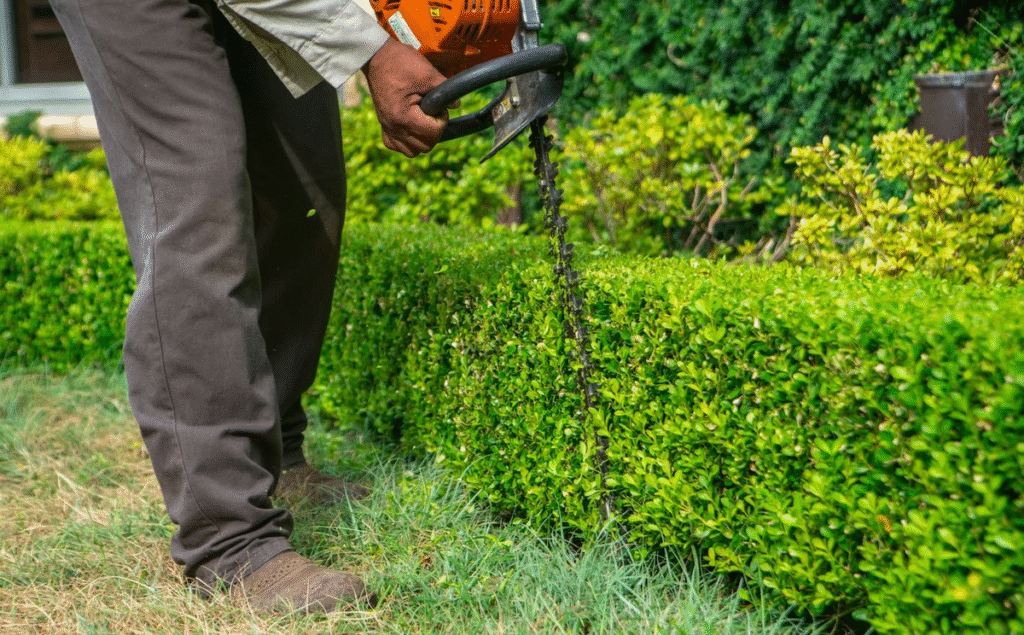
Protecting Nearby Plants
When removing unwanted bushes, take care to minimize impact on desirable vegetation:
- Avoid excessive soil disturbance around the root zones of trees and plants you wish to keep
- Be careful with herbicide application to prevent drift onto nearby plants
- Consider root barriers if removing part of a spreading species while keeping other sections
Wildlife Awareness
Be mindful of potential wildlife habitat:
- Check for active bird nests before removing bushes, particularly during spring and early summer
- If possible, schedule removals for fall or winter when they’ll have less impact on wildlife
- Create brush piles elsewhere on your property to provide alternative habitat if removing substantial shrubby areas
Disposal Options
Plan for appropriate disposal of the removed plant material:
- Compost non-invasive plant parts (leaves, smaller branches)
- Consider chipping branches for mulch
- Check local regulations for disposal of invasive species—some should not be composted or mulched
- Many municipalities offer yard waste collection or drop-off locations
When to Call in Professionals
While many bush and root removal projects are suitable for DIY efforts, some situations warrant professional assistance:
- Extremely large bushes with extensive root systems
- Removals near gas lines, electrical services, or plumbing
- Projects requiring specialized equipment
- Situations where the terrain makes removal dangerous (steep slopes, unstable ground)
- When dealing with potentially toxic plants like poison sumac
Professional landscapers have the equipment, experience, and insurance to handle complicated removals safely and efficiently. The National Association of Landscape Professionals offers resources for finding qualified professionals in your area.
Conclusion
Removing unwanted bushes and their root systems might seem daunting, but with the right approach, tools, and techniques, you can successfully reclaim and transform your landscape. By understanding the specific challenges of your situation and choosing the appropriate removal method, you’ll set yourself up for success.
Remember that thorough root removal is key to preventing regrowth, particularly with invasive or aggressive species. Taking the time to properly complete each step of the process will save you frustration later and provide a clean slate for whatever new landscape elements you plan to introduce.
Whether you’re tackling a single overgrown shrub or reimagining your entire yard, the satisfaction of successfully completing your bush removal project makes the effort worthwhile—opening new possibilities for your outdoor space and enhancing your property’s appearance and functionality for years to come.

